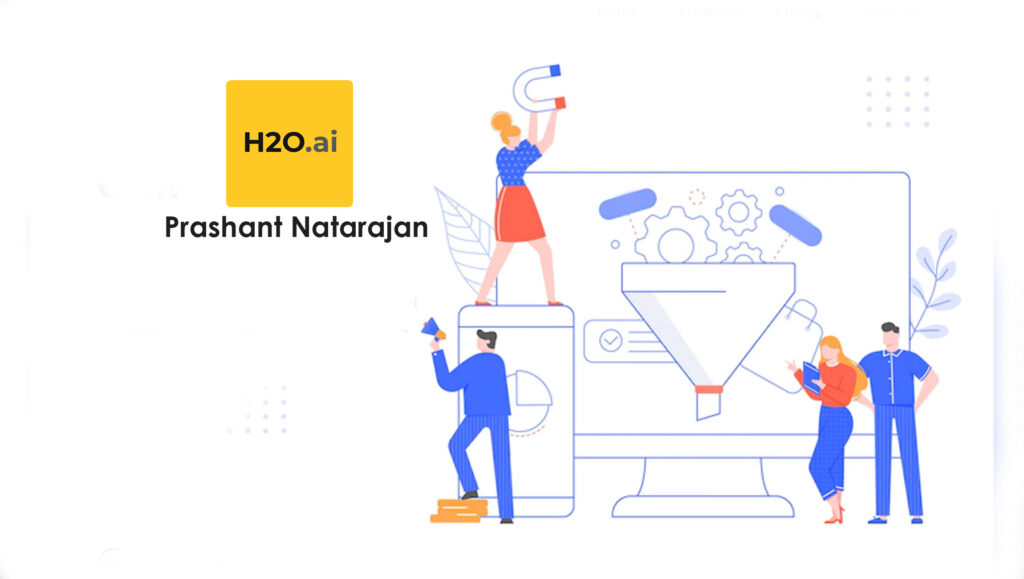When we consider the various dimensions of customer experience, we must return to the basic set of needs that drive many human decisions and actions. That set is collectively referred to as Maslow’s Hierarchy of Needs. These include Self-Actualization, Esteem, Love and Belonging, Safety Needs, and Physiological Needs. When customers shop and ultimately buy, they are (in some measure) satisfying one or more of these fundamental human needs. For example, a powerful motivator in marketing is FOMO—the fear of missing out—which ties directly into one’s need to feel like you belong, that you are accepted, and that you are not being left out of something that others are experiencing. When a product helps you feel empowered, or esteemed, or safe, or healthy, then that is clearly connected with those deep human needs.
Consequently, the compact version of the traditional marketing funnel touches those same points indirectly (and emphatically) through five stages: awareness, consideration, conversion, loyalty, and advocacy. Those five stages (sometimes more than five shades are included) in the marketing funnel are specific objectives of different marketing campaigns.
How the modern marketer reaches those objectives is what we will now address. This is where data and AI can inform and inspire different experiences that propel the customer along the marketing funnel, by finding those “moments” that link with the customer’s core needs. As a nod to the five components of Maslow’s hierarchy and the five stages in the marketing funnel, we explore here five dimensions of customer experience: Encounter, Expectations, Empathy, Engagement, and Emotion.
Read More: Satori Reporting Releases The Ultimate Automated SaaS Reporting Package For Businesses Using…
Encounter (Create Awareness Among Your Stakeholders)
Most experiences that consumers have today are informed by their digital data footprint they have left behind. This helps marketers to craft the right message for the customer persona through each experience with their brand. With digital touch points ranging from text to social media, influencers, email, and beyond, the opportunities to reach new customers are widely expanding.
Expectations (Identify Your Stakeholders’ Needs)
Companies can identify and attempt to meet customers’ expectations by building customer personas that map to the needs that potential customers express in social media, in online interactions, in search histories, through web beacons or cookies, in their response rates to email or Call-to-Action (CTA) campaigns, and more. Digital footprints (sometimes referred to as digital exhaust or trails) provide a rich motherlode of data points to measure customers’ interests, expectations, and needs. These needs are not Maslow’s needs, but they are specific product needs, product requirements, desired features of products, price expectations, and more. Nevertheless identifying these needs is ultimately a pathway to tapping into Maslow’s needs.
Empathy (Meet Your Stakeholders at Their Place of Need)
Tools that help customer experience teams with ticket management, such as Intercom or Zendesk, have been an essential mechanism for engaging concerned customers and to help reduce churn. They are collecting rich amounts of data about the customer’s pain points, and companies such as Productboard are adding API integrations to make the most of this information by leveraging AI to show empathy with the customer by surfacing the following customer issues: feature requests, user pain points, questions due to usability issues, un-met user needs and comments that touch on features in competing products.
Read More: SalesTechStar Interview With Matthew Furneaux, Lead Analyst At Loqate
Engagement (Generate Interest and Curiosity Via Data-Informed Experiences)
Once data has been collected on a customer’s interests, needs, and/or concerns, then it is imperative to engage with that customer. Engagement can be triggered by customer data (of the types mentioned earlier) and can take the form of specific actions or interactions on the customer’s behalf. Enterprises are already employing AI to identify actionable alerts in many other data streams, including cyber incidents, market research, social sentiment analysis, employee satisfaction surveys, and even employee churn. Passive inaction on those enterprise-related alerts is bad business management. Passive inaction (nonengagement) on customer-related alerts is bad customer experience management.
Emotion (Apply Sentiment Analysis to Discover How the Experience Made Your Stakeholders Feel)
People will forget what you said, people will forget what you did, but people will never forget how you made them feel. –Maya Angelou
As portrayed in culture, emotions and analytics appear to be in opposition—Kirk versus Spock; Dr. Watson versus Sherlock Holmes. Unless your customer base is drawn exclusively from the planet Vulcan however, an awareness of your customer’s emotional response to your product and your company is important, and so we ought to try to measure it and understand it. Rapid feedback to your customer engagement (through live data) is ideal, but any sort of timely feedback is imperative. Sentiment analysis can deliver this. It is a type of AI that applies machine learning to training data that is primarily language (hence, natural language processing on social media posts or product reviews or emails or customer calls to the contact center), with labels on each training example indicating positive, negative, or neutral sentiment. The model is applied to new customer messages automatically, generating actionable alerts on messages that warrant a response.
The themes of this article are explored in Demystifying AI for the Enterprise: A Playbook for Business Value and Digital Transformation, a book written by Prashant Natarajan, Vice President, Strategy and Products, at H2O.ai, the AI cloud company on a mission to democratize AI for all; alongside Kirk Borne; Bob Rogers; Edward Dixon; Jonas Christensen; Leland Wilkinson; Shantha Mohan.
Demystifying AI for the Enterprise: A Playbook for Business Value and Digital Transformation is published by Routledge & CRC.
Read More: Managing Sales Commissions More Effectively In 2022: A Few Best Practices





















